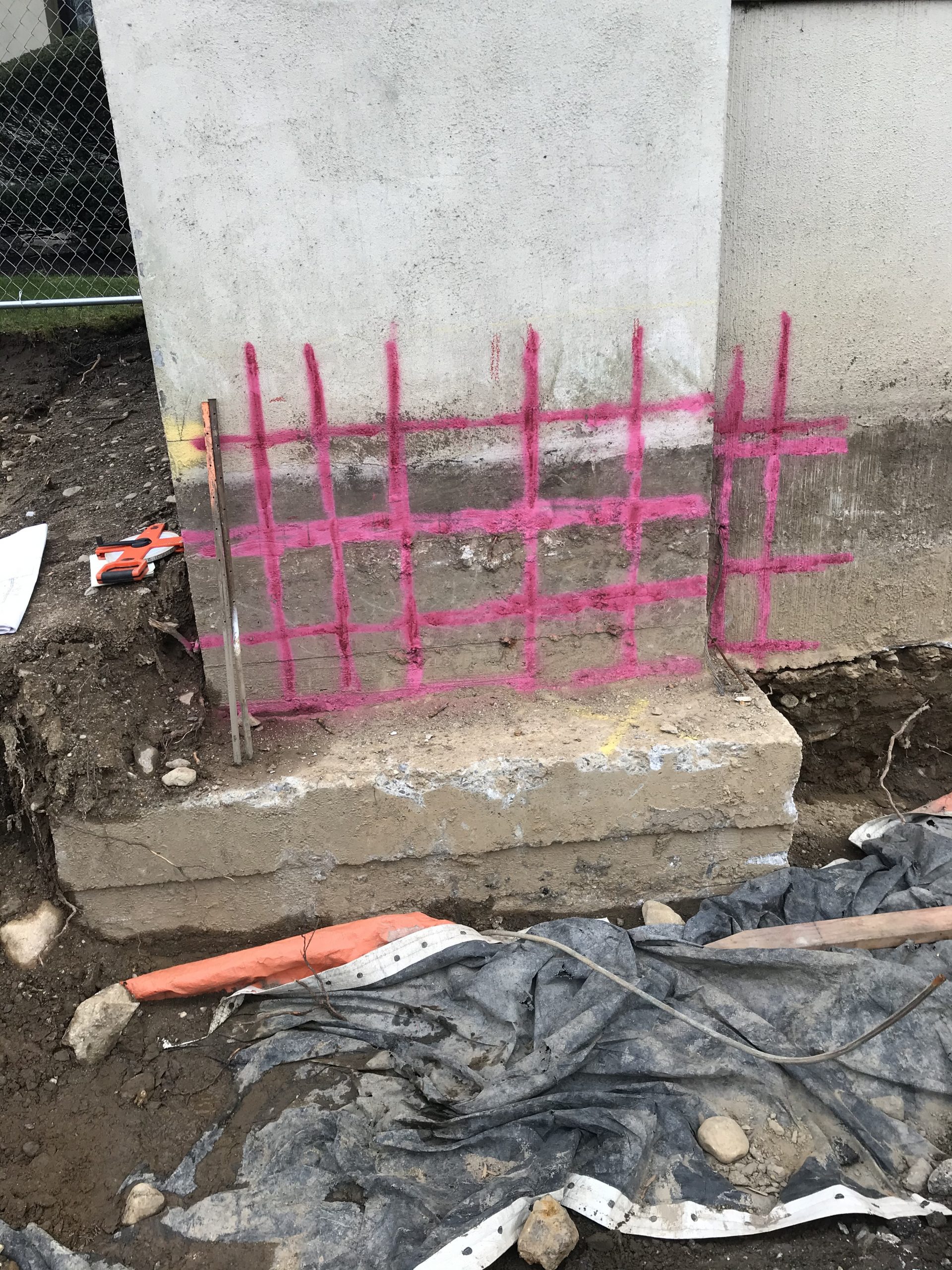Precision and Accuracy in Concrete Scanning Solutions
Unveil the Transformative Power of Concrete Scanning in Maximizing Efficiency and Safety
Concrete scanning has actually emerged as an important device in the building sector, providing unmatched advantages in improving job performance and making certain safety and security standards. The transformative power of concrete scanning lies in its capability to provide real-time data and comprehensive insights, changing exactly how projects are intended and carried out.
Importance of Concrete Scanning
Making sure the structural integrity and safety and security of construction jobs begins with the vital step of carrying out thorough concrete scanning. Concrete scanning is a non-destructive method used to spot and map subsurface components within concrete frameworks.
The significance of concrete scanning can not be overemphasized, as it plays an important duty in protecting against accidents, reducing project hold-ups, and ensuring the long-term resilience of the building and construction. By identifying possible threats before the building and construction stage begins, home builders can execute suitable safety and security actions and make notified decisions pertaining to the style and implementation of the task. In addition, concrete scanning assists in enhancing task timelines and budget plan by staying clear of unforeseen expenses and hold-ups that might occur because of unforeseen obstructions within the concrete. Eventually, investing in thorough concrete scanning is a positive approach that boosts both effectiveness and safety in building jobs.
Exactly How Concrete Scanning Works
Concrete scanning runs as a critical tool in construction projects by employing advanced modern technologies to identify and map subsurface aspects without triggering structural damage. Ground Permeating Radar (GPR) and Electromagnetic Induction (EMI) are two main methods used in concrete scanning. GPR jobs by releasing high-frequency radar pulses right into the surface, which recuperate when they encounter subsurface items or gaps. The time considered the signal to return indicates the deepness and area of the things. EMI, on the other hand, utilizes magnetic fields to recognize differences in material compositions, such as recognizing rebar or conduits within concrete structures.
During the scanning process, the data collected is assessed in real-time, permitting immediate identification of potential dangers or obstacles underneath the surface. By employing these advanced modern technologies, concrete scanning considerably decreases the danger of pricey problems and injuries on building and construction sites.
Benefits of Concrete Scanning
Using sophisticated scanning innovations in building tasks offers a wide range of advantages, enhancing both efficiency and safety on-site. Among the main benefits of concrete scanning is the capacity to discover and situate embedded objects such as rebar, post-tension cables, and channels properly. By recognizing these elements prior to boring or reducing right into concrete structures, the threat of unintentional strikes is considerably decreased, preventing possible injuries to workers and damages to the structure itself. Concrete scanning aids in planning and designing much more efficiently, as it offers specific info regarding the location and depth of structural components.

Case Research Studies: Concrete Scanning Success

In another situation, a building company made use of 3D concrete scanning to examine the problem of maturing concrete structures in a historic building. The thorough scans provided useful understandings into the degree of degeneration and aided focus on maintenance efforts successfully. By proactively resolving areas of worry identified with scanning, the firm was able to extend the life expectancy Check This Out of the framework and ensure these details passenger security.
These instance studies highlight the transformative power of concrete scanning in boosting performance, accuracy, and security in construction tasks.
Carrying Out Concrete Scanning in Projects
Carrying out sophisticated scanning modern technologies throughout building and construction jobs has actually ended up being increasingly vital for improving precision and safety. By incorporating concrete scanning right into job preparation and implementation, construction groups can determine prospective dangers, such as rebar or post-tension cable televisions, hidden within concrete structures. This proactive strategy reduces the danger of crashes, hold-ups, and costly rework, ultimately resulting in much more efficient project timelines and spending plans.
To implement concrete scanning effectively, project supervisors should collaborate closely with seasoned scanning specialists to establish one of the most appropriate scanning methods for the details job requirements. Involving scanning specialists from the beginning of a project makes it possible for the group to produce extensive scanning strategies that attend to vital locations of issue and guarantee complete data collection.
Furthermore, including concrete scanning right into routine project process can streamline decision-making processes, as real-time scan information offers instant insights right into the condition of concrete structures - Concrete Scanning. This data-driven technique promotes informed analytical and enables teams to make modifications promptly, promoting a society of effectiveness and safety and security throughout the job lifecycle

Final Thought
Finally, concrete scanning plays a vital role in enhancing effectiveness and security in building and construction projects. By utilizing innovative innovation to identify and map out underlying frameworks within concrete, this process aids to stop pricey errors, guarantee structural stability, and reduce dangers on site. With the capability to uncover hidden components and provide precise information, concrete scanning proves to be a beneficial tool for optimizing job end find out here now results and taking full advantage of general success.
Concrete scanning is a non-destructive approach utilized to discover and map subsurface aspects within concrete structures. Additionally, concrete scanning helps in maximizing job timelines and budget plan by staying clear of unanticipated prices and delays that might emerge due to unpredicted blockages within the concrete. One noteworthy case study involves a large improvement task where concrete scanning played an important function in making sure job success.In another instance, a building and construction business utilized 3D concrete scanning to assess the problem of maturing concrete structures in a historical structure. By incorporating concrete scanning into project preparation and execution, construction groups can recognize prospective hazards, such as rebar or post-tension cables, concealed within concrete structures.